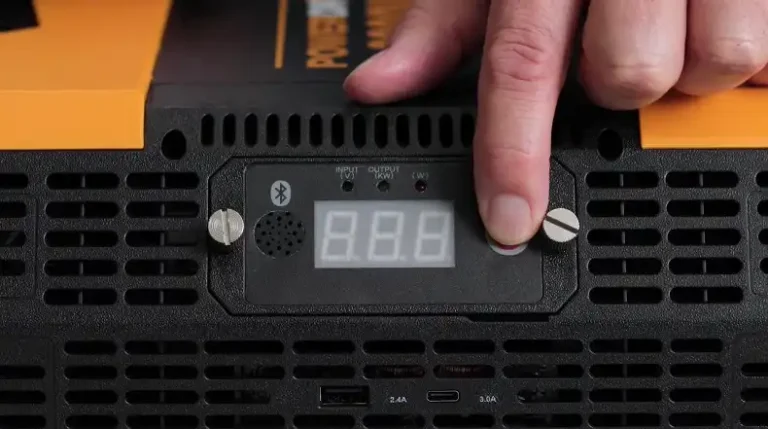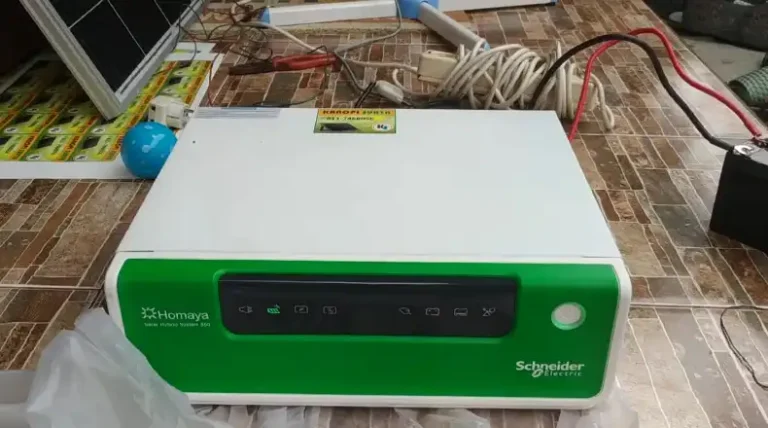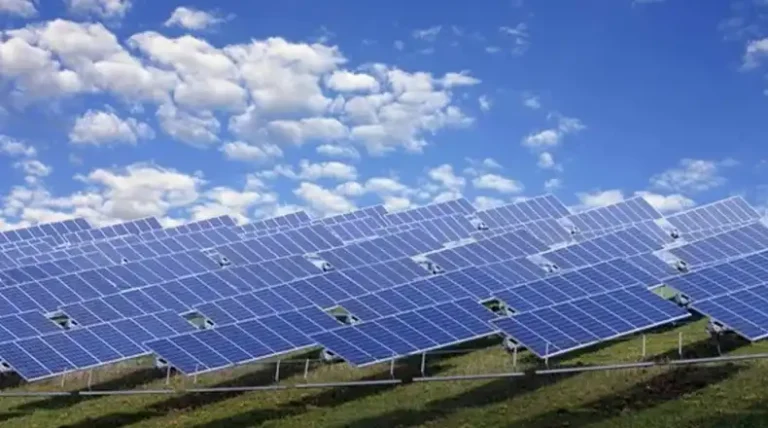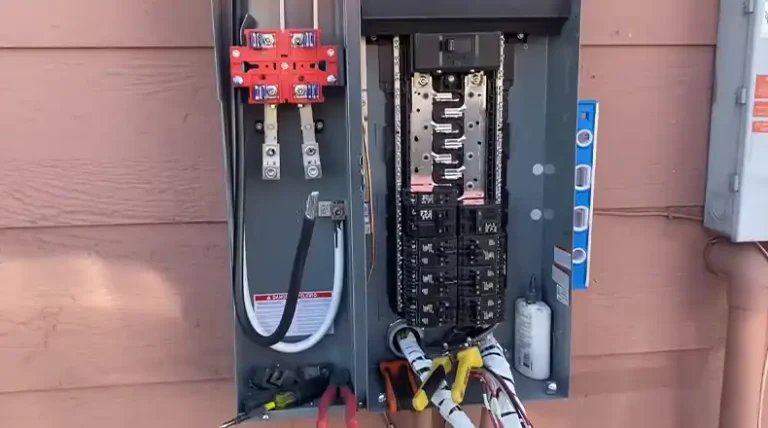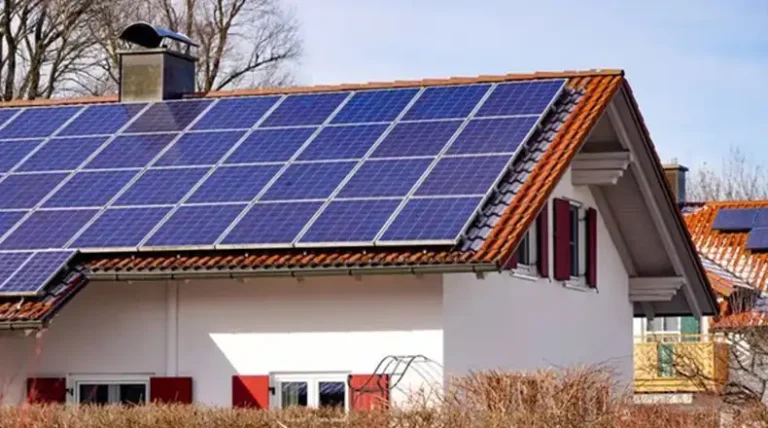IQ8A vs IQ8M | Exploring the Solar Inverter Battle
Enphase Energy is a leading manufacturer of solar microinverters. Microinverters are small devices that are attached to each solar panel in a solar photovoltaic (PV) system. They convert the direct current (DC) electricity generated by the solar panel into alternating current (AC) electricity, which can then be used to power homes and businesses.
Enphase IQ8 microinverters are the latest generation of microinverters from Enphase. They are more efficient, more powerful, and more versatile than previous generations of microinverters. The IQ8A and IQ8M are two of the most popular IQ8 microinverters. They are very similar, but there are a few key differences between them.
In this article, we will compare the IQ8A and IQ8M microinverters and help you decide which one is right for you.
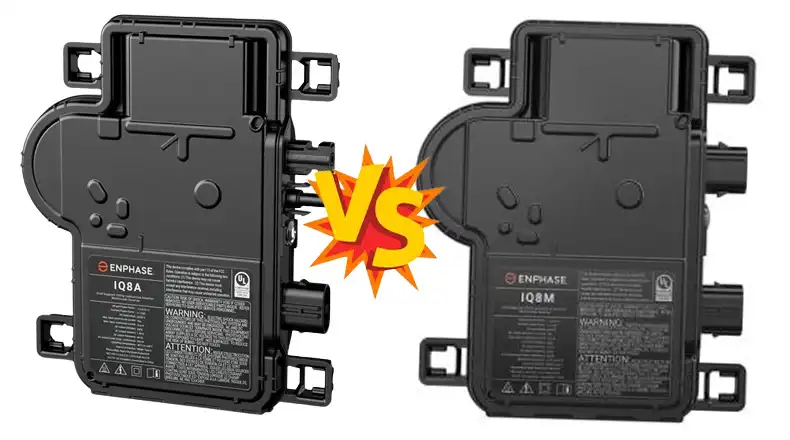
IQ8A vs IQ8M: What Sets Them Apart?
The main differences between the IQ8A and IQ8M microinverters are their peak output power and maximum continuous output power. However, there are other differences too –
Compatibility with Solar Panel
IQ8M microinverter is typically paired with solar panels that have a wattage of 260 to 460 watts, and the IQ8A microinverter is typically paired with solar panels that have a wattage of 295 to 500 watts.
However, it is important to note that these are just general guidelines. The specific module pairings that are best for your solar system will depend on a number of factors such as the size of the room, sunlight duration, and so on.
MPPT Voltage Range
The MPPT voltage range of a microinverter is the range of voltages at which the microinverter can efficiently convert the DC power from the solar panel into AC power for the grid.
The IQ8M microinverter has an MPPT voltage range of 30 to 45 volts, while the IQ8A microinverter has a slightly wider MPPT voltage range of 32 to 45 volts. This means that the IQ8Amicroinverter can operate with a wider range of solar panels than the IQ8Mmicroinverter.
Peak Output Power
The peak output power of a microinverter is the maximum amount of power that it can produce at any given time. The IQ8A has a peak output power of 366 VA, while the IQ8M has a peak output power of 330 VA. This means that the IQ8A can produce slightly more power than the IQ8M, especially when the solar panels are operating at their peak efficiency.
Maximum Continuous Output Power
The maximum continuous output power of a microinverter is the amount of power that it can produce continuously without overheating. The IQ8A has a maximum continuous output power of 349 VA, while the IQ8M has a maximum continuous output power of 325 VA. This means that the IQ8A can produce slightly more power than the IQ8M on a continuous basis.
Maximum Continuous Output Current
1.35 amps and 1.45 amps, are the maximum continuous output currents of the IQ8Mand IQ8Amicroinverters, respectively. This means that the IQ8Mmicroinverter can produce up to 1.35 amps of current continuously without overheating, and the IQ8A microinverter can produce up to 1.45 amps of current continuously without overheating.
The difference in maximum continuous output current between the two microinverters is relatively small, but it can be important if you are using solar panels with a high current output.
Peak Efficiency
The peak efficiency of a microinverter is the highest efficiency that it can achieve under ideal conditions. It is typically measured as a percentage of the power input from the solar panel that is converted into AC power output.
The two values you provided, 97.8% and 97.7%, are the peak efficiencies of the IQ8M and IQ8A microinverters, respectively. This means that the IQ8Mmicroinverter can convert up to 97.8% of the power input from the solar panel into AC power output, and the IQ8Amicroinverter can convert up to 97.7% of the power input from the solar panel into AC power output.
CEC Weighted Efficiency
The CEC-weighted efficiency of a microinverter is the average efficiency of the microinverter over a range of operating conditions. The IQ8A has a CEC-weighted efficiency of 97.5%, while the IQ8M has a CEC-weighted efficiency of 97.5%. This means that both microinverters are very efficient, even when they are not operating at peak efficiency.
Summary
| Feature | IQ8M Microinverter | IQ8A Microinverter |
| Compatibility with Solar Panel | 260-460 watts | 295-500 watts |
| MPPT Voltage Range | 30-45 volts | 32-45 volts |
| Peak Output Power | 330 VA | 366 VA |
| Maximum Continuous Output Power | 325 VA | 349 VA |
| Maximum Continuous Output Current | 1.35 amps | 1.45 amps |
| Peak Efficiency | 97.8% | 97.7% |
| CEC Weighted Efficiency | 97.5% | 97.5% |
Which One Should You Use?
The IQ8Mand IQ8Amicroinverters are very similar, with only a few key differences. The IQ8A is slightly more powerful and efficient than the IQ8M-72-2-US. It has a higher peak output power (366 VA vs. 330 VA), a higher maximum continuous output power (349 VA vs. 325 VA), and a slightly higher CEC-weighted efficiency (97.5% vs. 97.5%).
However, the difference in peak output power, maximum continuous output power, and efficiency between the two microinverters is relatively small. For most solar PV systems, the IQ8M will be perfectly adequate.
If you are looking for the most powerful and efficient microinverter possible, or if you are using solar panels with a high wattage output, then the IQ8A is the better choice. However, the IQ8M is a very good microinverter as well, and it is a good option if you are on a budget or if you are using lower-wattage solar panels.
Ultimately, the best way to choose between the IQ8Mand IQ8Amicroinverters is to consult with a qualified solar installer. They can help you choose the right microinverter for your specific solar PV system and budget.
Final Thoughts
When starting your solar power journey, remember that the choice between IQ8A and IQ8M is not one-size-fits-all. Both models have their strengths, and your decision should align with your individual needs and preferences. Whether it’s about capturing every sunbeam or compatibility, you can’t go wrong with either choice.

